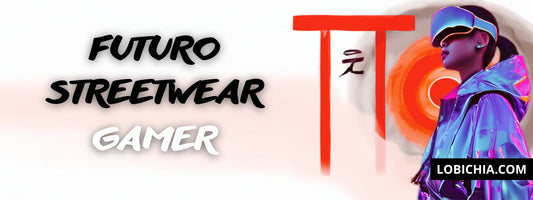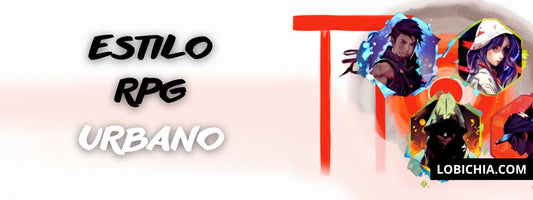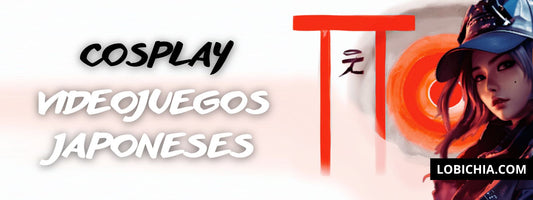Welcome to a fascinating journey to the heart of Japanese street fashion, where magic and mythology intertwine to create a universe of unique style! In this exciting article, we will explore how Japanese rituals and mythological elements have influenced contemporary urban fashion, transforming the streets into catwalks of cultural and spiritual expression. From gods and spirits to natural elements and ancient rituals, discover how Japanese fashion has incorporated these elements to bring innovative and meaningful designs to life. Get ready to immerse yourself in the mystical charm of Japanese street fashion!
Index
- Introduction to Japanese Urban Fashion and its Mythical Influence
- The Gods and Spirits of Japanese Mythology in Fashion
- Natural Elements and their Symbolism in Urban Fashion
- Rituals and Mystical Practices Reflected in Innovative Designs
- FAQ: Frequently Asked Questions about Magic in Japanese Fashion
Introduction to Japanese Urban Fashion and its Mythical Influence
Japanese street fashion is known for its avant-garde style and its ability to fuse the traditional with the contemporary. However, what many don't know is that much of its inspiration comes from the rich mythology and spiritual traditions of Japan. From ancient kami to sacred rituals, Japanese fashion is infused with mythological elements that give it a unique depth and connection to the past.

The Gods and Spirits of Japanese Mythology in Fashion
The Kitsune: These cunning fox spirits are a common figure in Japanese mythology and have also left their mark on street fashion. Kitsune are known for their shape-shifting ability and connection to nature, and their characteristics are reflected in clothing that highlights duality and versatility.

The Yokai: Yokai are mythical spirits that inhabit Japanese folklore and are often represented in urban fashion through prints and designs inspired by their extravagant and enigmatic shapes. From the fearsome tengu to the adorable kappa, yokai add a touch of mystery and charm to Japanese fashion.

Natural Elements and their Symbolism in Urban Fashion
Water: Water is a central element in Japanese mythology and is associated with purification and renewal. In urban fashion, water is reflected in fluid fabrics and designs that evoke the fluidity and serenity of water in motion.
Fire: Fire is a symbol of passion and transformation in Japanese mythology and is manifested in urban fashion through warm colors and prints that represent the energy and vitality of fire.

Rituals and Mystical Practices Reflected in Innovative Designs
The Tea Ceremony: The tea ceremony is a Japanese ritual practice that has inspired street fashion with its focus on simplicity and elegance. Fashion designs influenced by the tea ceremony are often characterized by clean lines and natural fabrics that evoke tranquility and harmony.
Traditional Festivals: Traditional Japanese festivals, such as Hanami and Matsuri, have inspired fashion designs that celebrate the beauty of nature and community. From cherry blossom prints to festive kimonos, Japanese streetwear captures the joy and vibrancy of these cultural events.

Frequent questions
-
What Japanese mythological elements are most common in urban fashion?
-
How are rituals and mystical practices incorporated into fashion design?
-
Which Japanese designers are known for their innovative use of mythological elements in street fashion?
In conclusion, Japanese street fashion is a vibrant reflection of Japan's rich mythology and spiritual traditions. From gods and spirits to natural elements and sacred rituals, every aspect of Japanese culture manifests in streetwear in a unique and captivating way.

By exploring the mythical allure of Japanese fashion, fashion lovers can experience a deeper connection with Japan's history and spirituality. Discover the magic of Japanese street fashion and let it inspire you in your own style!




